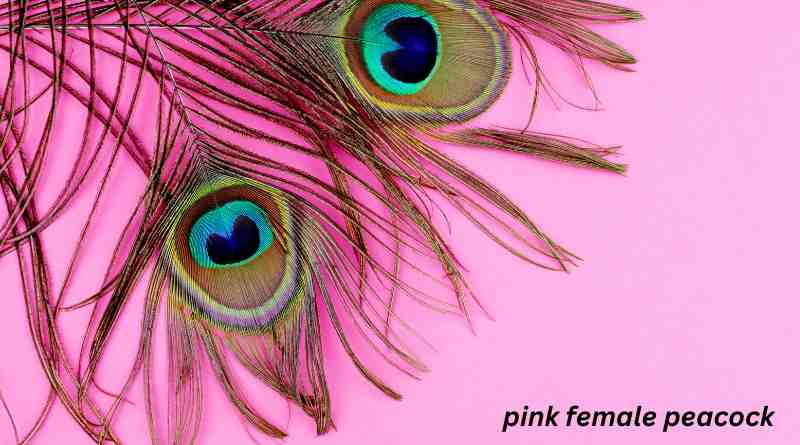Introduction
In the vibrant tapestry of the avian world, few creatures captivate the imagination quite like the pink female peacock. While the male of the species often steals the spotlight with its resplendent plumage and majestic display, the female, adorned in subtle hues of pink, possesses a charm and allure all her own. In this article, we delve into the captivating world of the pink female peacock, exploring its unique characteristics, habitat, behavior, and significance in the realm of ornithology.
The Pink Female Peacock: An Intriguing Phenomenon
The pink female peacock, scientifically known as Pavo muticus, is a rare and enigmatic member of the pheasant family, Phasianidae. Unlike their male counterparts, whose iridescent plumage and extravagant tail feathers are synonymous with grandeur and courtship, female peafowl boast a more understated yet equally enchanting appearance. Their soft, pastel-pink feathers exude elegance and grace, making them a sight to behold in their natural habitat.
Distinctive Features
One of the most striking features of the pink female peacock is its unique coloration. While traditional depictions of peafowl often portray vibrant blues and greens, the subtle shades of pink found in the female’s plumage add a touch of delicacy and femininity to its appearance. This distinct coloration serves both practical and evolutionary purposes, providing camouflage in their forested habitats while also serving as a means of attracting potential mates.
Habitat and Distribution
Pink female peacocks are primarily found in the dense forests and woodlands of Southeast Asia, including regions of Myanmar, Thailand, and Indonesia. These lush, tropical environments provide the perfect habitat for these elusive birds, offering ample foliage for roosting and nesting while also providing a diverse array of food sources, including insects, seeds, and fruits. Despite their widespread distribution, populations of pink female peacocks are considered vulnerable due to habitat loss and poaching, highlighting the need for conservation efforts to protect these magnificent creatures.
Behavior and Social Structure
In the wild, pink female peacocks exhibit complex social structures and behaviors that are essential for survival and reproduction. Like many avian species, they are highly social animals, often forming small flocks composed of several females and their offspring. Within these groups, females engage in cooperative behaviors such as foraging and predator vigilance, ensuring the safety and well-being of the collective.
During the breeding season, female peafowl play a crucial role in the courtship rituals that define their species. While the males put on dazzling displays of plumage and vocalizations to attract mates, females carefully evaluate potential partners based on their displays of strength, vitality, and genetic fitness. Once a suitable mate is chosen, females will construct nests hidden amongst the foliage, where they will lay their eggs and tend to their young with unwavering dedication.
Significance in Ornithology
Despite their understated appearance, pink female peacocks play a significant role in the field of ornithology. Their unique coloration and behavior offer valuable insights into the evolutionary dynamics of sexual selection and mate choice within avian species. By studying the ecological factors that shape the appearance and behavior of female peafowl, researchers gain a deeper understanding of the intricate interplay between genetics, environment, and reproductive success in the natural world.
Furthermore, the conservation of pink female peacock populations serves as a barometer for the overall health of their ecosystems. As indicators of habitat quality and biodiversity, these magnificent birds serve as ambassadors for the conservation of their forested habitats and the myriad species that call them home.
Conclusion
In conclusion, the pink female peacock stands as a testament to the diversity and beauty of the avian world. With its understated elegance and captivating demeanor, this rare and enigmatic creature continues to inspire awe and wonder in all who encounter it. As we strive to protect and preserve the natural habitats of these magnificent birds, we also ensure that future generations have the opportunity to marvel at the splendor of the pink female peacock in all its glory.
Read also: check

